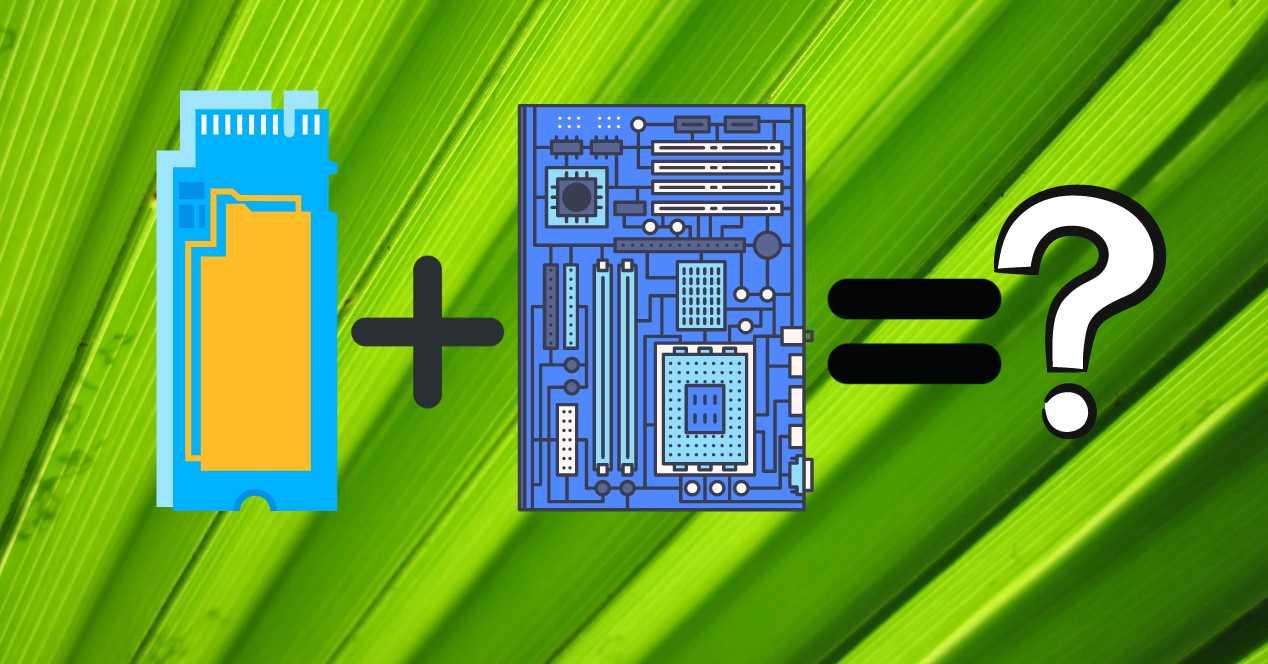If we are lucky or need to open a PlayStation 5 console, we will see that its SSD is not on a small expansion card, but soldered to the motherboard. Is such a scenario possible in the PC world? Will we buy our computer’s motherboard in the future taking into account the storage memory it comes with as standard? What is the commercial viability of this approach? Well, actually, we’ve seen it on Apple’s MacBooks before, but the key question is whether we’ll see a computer with this feature.
Will we see motherboards with SSDs soldered on?
In the first computers, the operating system was not installed on the hard disk, because many models did not have it. Otherwise, they were embedded in a read-only memory chip or ROM. At the time, these were only as fast as the RAM used, and therefore the processor could access data faster.
Well, although these memories are no longer used, we have NAND Flash used in memory cards and solid state drives. Wouldn’t it be better if the operating system was integrated into this type of serial units? That is to say, the motherboard had a small soldered SSD in which to install Windows or another operating system like the thousand and one distributions and variants of Linux.
The Windows folder on my main hard drive after several years of use, not including applications, is 22GB. So a soldered 256GB NVMe SSD would be more than enough to run the OS at full speed and with alternative and parallel access to the rest of the programs. In addition, the operating system would come standard and ready to use from said unit.
For enthusiasts, it will suffice to install an additional M.2 disk to install the various applications. Having an SSD soldered on a board may seem absurd to us today, but as the hardware market works and some vices it has in its evolution over time, they suggest that the next component with more points built-in finishing or storage.
Isn’t that a crazy idea?
The idea of selling the motherboard with an SSD soldered on or included as standard is something we shouldn’t rule out for the future. After all, the general trend is to gradually integrate the various components over time and little by little motherboards will have to find a way to justify placing a premium price for the end user. And no, we’re not speculating, we’ve already seen how many components ended up being integrated into the system’s motherboard.
We saw how the network card ended up being integrated, the sound card is the same. In fact, it wouldn’t be surprising if the chipsets of the future came standard with a flash controller inside to accommodate NV-DIMMs or, in this case, a soldered SSD on the board. The chipset + SSD controller combination already exists, more precisely in the PS5 console and, therefore, it is not impossible. Also, for many users who are looking for a PC at a low price, buying everything in a bundle is an advantage.
It has been proven that most users will never open their computer to play with its interior. The fact that the storage comes standard on the motherboard and with the operating system already pre-installed means less cost to them. And in addition to being one more point for planned planned obsolescence.









